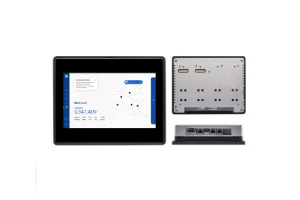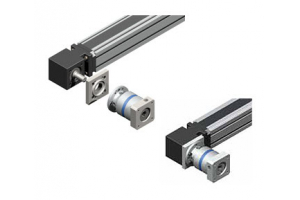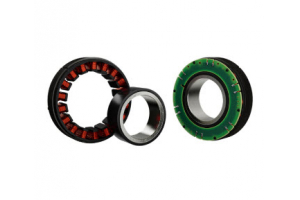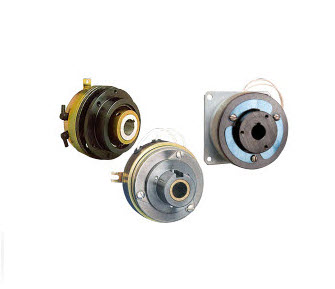
Clutches and brakes are designed to start and stop two independently rotating inertial loads when a voltage is energized or de-energized. Although there are many different types of brakes and clutches, electro-magnetic types are the most prevalent in Motion Control applications. Compared to simple mechanical clutches, electric types are used where remote actuation is required, or special slip characteristics are needed. Typically, this is on a motor shaft or where a load must be coupled to a main line shaft of a machine. Most brakes and clutches are used in rapid start/stop motions, or as a failsafe device for ball screws operating vertically.
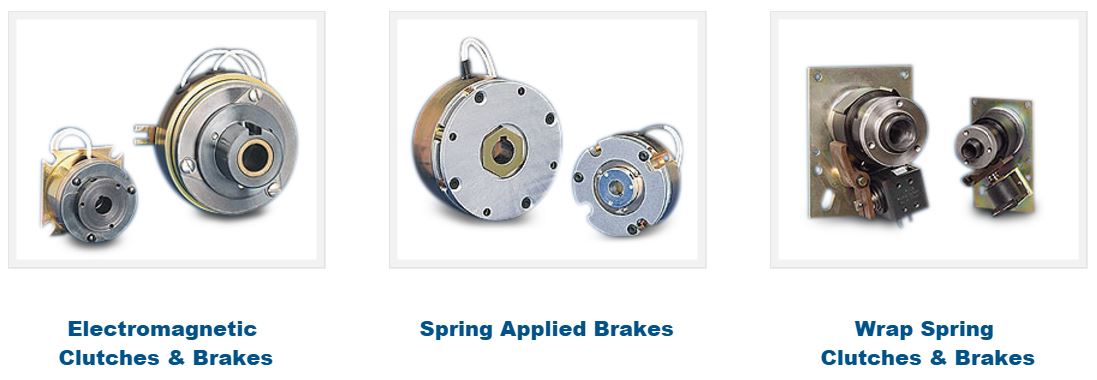

|
Typical applications include:
|
The advantages include:
|
The drawbacks include:
|
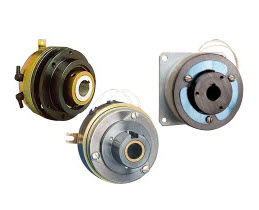

Electric Clutches
Electric Clutches come in two types: friction and non-friction. Friction clutches utilize friction or tooth clutches engaged electronically and released by springs. These clutches respond more quickly, offer more control options, and transmit higher torque than non-friction clutches. On the other hand, non-friction clutches use electric methods to engage the independent shafts without mechanical connection. As they are non-contact, they dissipate heat better and offer longer life.
Electric clutches may not be ideal for hostile environments. They do not have high thermal capabilities for high temperature conditions. They may also possess inherent sparking, posing risks in explosive environments.
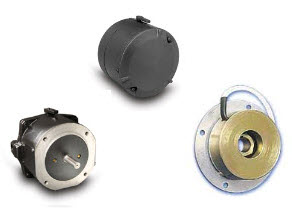

Electric Brakes
Brakes are essentially clutches with one member held stationary. The most commonly used electric brakes are electrically actuated, but rely on mechanical friction for stopping action. When they are actuated, they bring the load to a full stop. When released, they offer little to no drag.
A typical application is to prevent load back driving with a ball screw in a vertical orientation. At power loss, the fail-safe electric brake engages, thus preventing the load from falling. Alternatively, electric brakes may be configured for engagement under power, with disengagement at power loss.
The clutch or brake should be mounted to the highest possible speed shaft in order to minimize the torque needed for braking.
Electric Clutch and Brake Applications
Some applications use the on/off operation of clutches and brakes to vary load distances. The benefits to this set-up include: easy to apply, low in cost, and effective for speed matching. The considerations for this set-up include: prone to premature wear, is non-repeatable, and relatively inaccurate.
While effective at preventing motion at power-down, brakes are often not effective at bringing a motor or rotating shaft to a rapid halt, particularly if the amplifier is providing maximum current. In fact, the opposite effect may result, with braking adding a greater load to the system. In particular, brakes can introduce friction when released and increase the amount of inertia in the system.
Below are considerations for clutch and brake selection:
- Torque required to stop the load
- Rotor and load inertia
- Acceleration or braking times
- Duty cycle and life requirements
- Environmental considerations
- Maximum allowable speed/response time
- Bore diameter of shaft
- Required voltage and current


